How to Become a Pilot in India? Know All Under One Umbrella
Many people are pretty inquisitive about the fact of how to become a pilot, and it is also the dream of many. However, just having a question in your

Commercial aviation is documented for its rigorous safety protocols and cutting-edge technology. Yet, a window breaking mid-flight can pose a problem to most of the travellers. While such occurrences are enormously rare, they do happen and pilots are methodically trained to accomplish these high-stakes situations. This blog explores what happens when the window of an aircraft breaks, what procedures are followed and what is done by pilots to ensure the safety of passengers.

Aircraft windows are not just brittle glass. They consist of multiple layers of acrylic or polycarbonate. These layers consist of an outer pane that bears structural loads, a middle backup pane and an inner pane. A tiny "breather hole" in the interior pane equalizes pressure amid layers. Each pane can withstand pressure differentials of about 8 psi, the cabin-to-atmosphere difference at cruise altitude.
The DGCA enforces maintenance schedules that include inspections of the window assemblies. Any delamination, cracking, or seal failure prompts grounding and repair before proceeding with further processes. This multilayer design, together with rigorous inspections, guarantees that full window failure is rare.
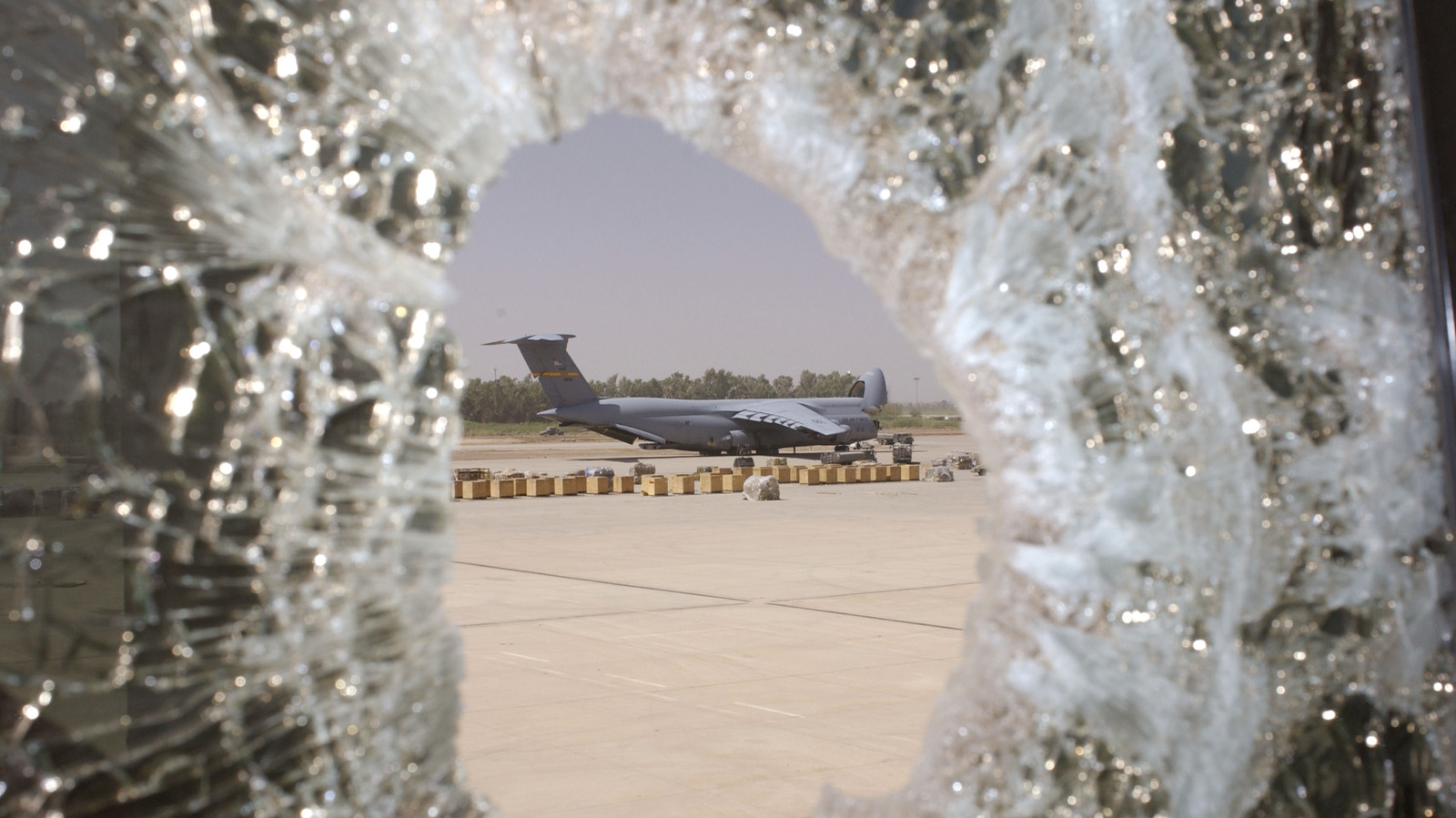
While fully broken windows are nearly unheard of in India, slight issues have occurred. For instance, in 2022, a SpiceJet flight returned after the outer windshield pane cracked. Likewise, GoFirst and Air India have reported cracked windows mid-flight, leading to instant returns or diversions.
These events highlight both the efficiency of DGCA’s oversight and the pilots’ judicious decision-making when structural worries arise. It's significant to note that window-related incidents in India include the inner pane, which is non-structural and cannot cause decompression.

In the unlikely event a structural pane fails at a cruise height of around 35,000 feet, the consequences include:
The Time of Useful Consciousness at 35,000 feet is 30 to 90 seconds for rapid decompression. At 40,000 feet, TUC might fall as low as 15–20 seconds. That critical window informs the instant response pilots must take.
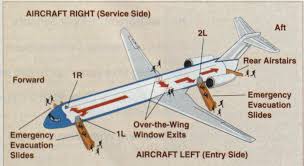
When a structural window pane fails, pilots follow an emergency checklist combining international protocols with DGCA regulations.
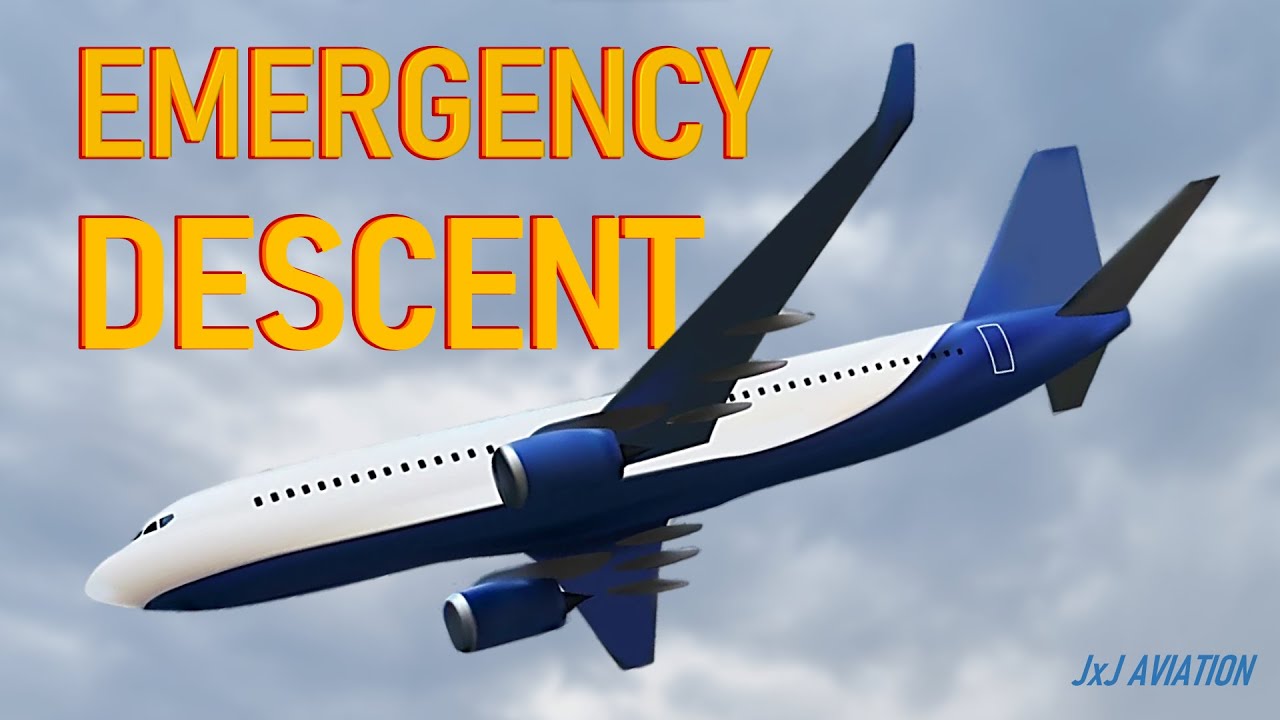
The first thing that is done is to descend to a safe altitude at which supplemental oxygen is not essential to ease the risk of hypoxia. In several aircraft, descent happens at 3,000–6,000 feet per minute. This descent is performed while evading terrain and looking for clearance from air traffic control.

At the same time, oxygen masks deploy in the cabin and cockpit. Passengers are told to pull the mask toward them, initiating oxygen flow. Pilots wear their masks within 5 seconds, as instructed by aviation authorities. With TUC as low as 30 seconds, fast mask deployment is vital.
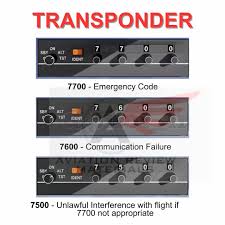
Pilots announce an emergency by setting the transponder to 7700, using expressions such as “Mayday” or “Pan-Pan,” and communicating with ATC to share their condition, request descent clearance and arrange for diversion.
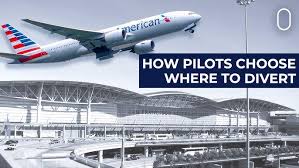
On the basis of aircraft position and condition, pilots divert to a large airport within 15–30 minutes. The particular airport must have an appropriate runway length, medical facilities and emergency response abilities.
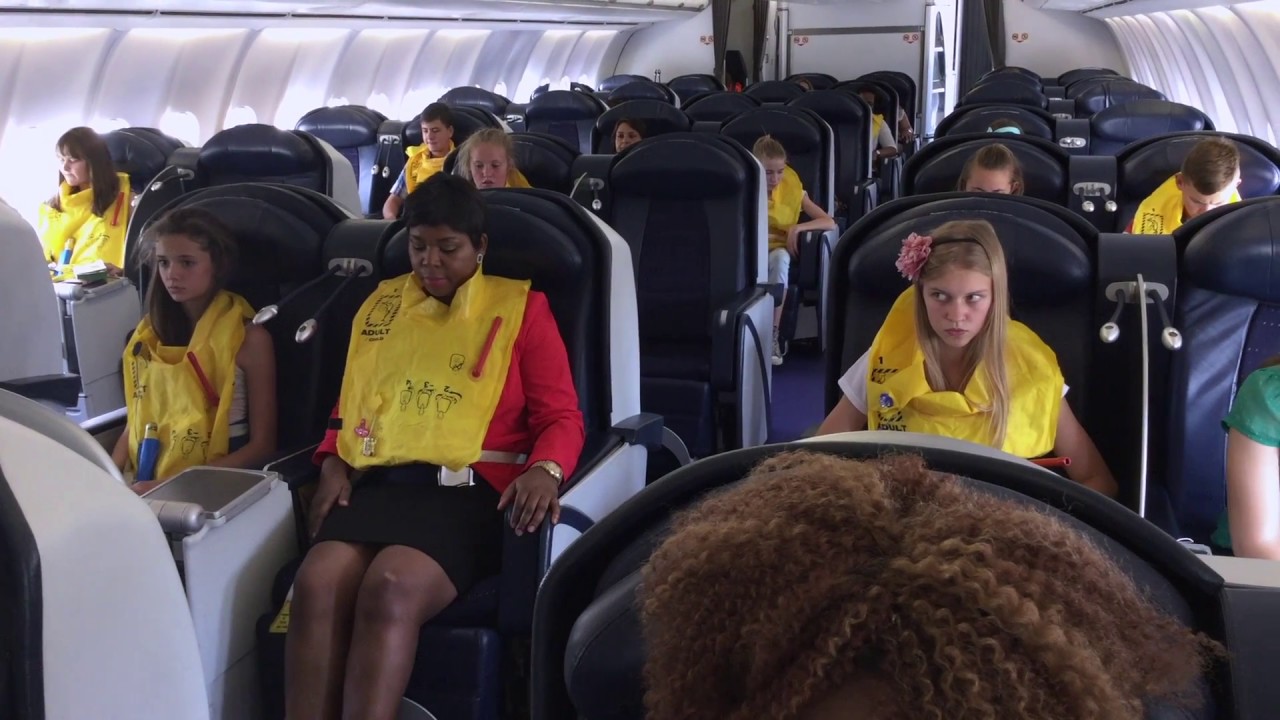
The cabin crew ensures passengers wear their oxygen masks and prepares everyone for landing. Pilots arrange the aircraft suitably, taking into account likely changes in pressurization and hydraulics.
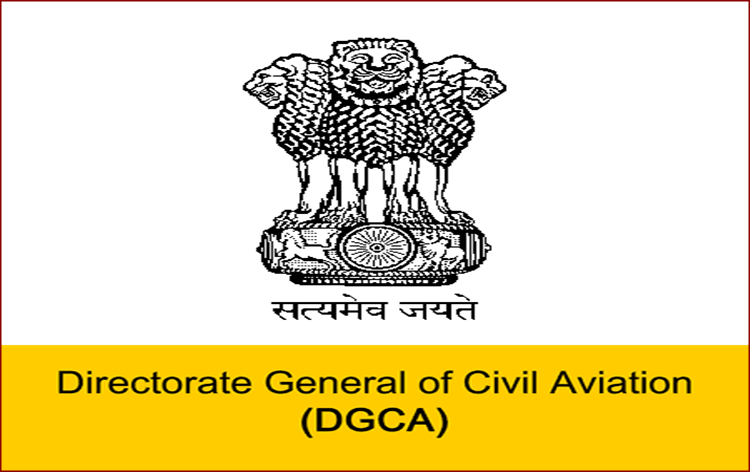
DGCA enforces strict inspection protocols, including:
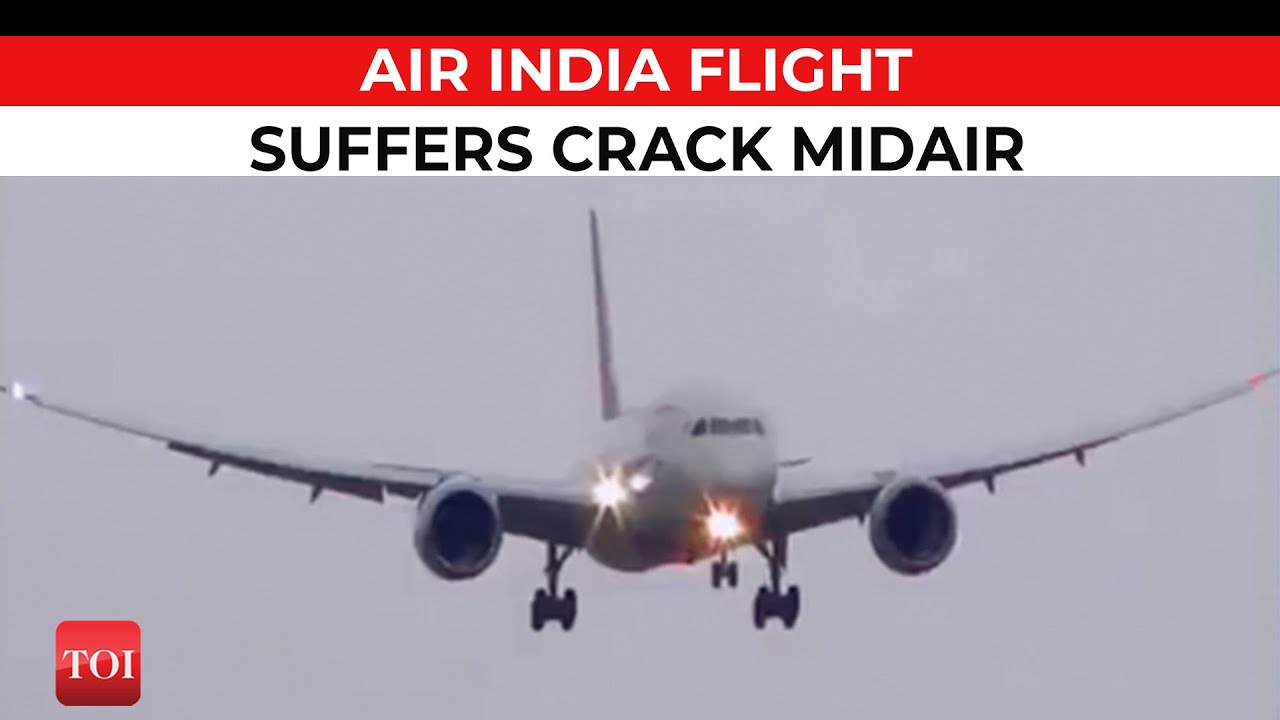
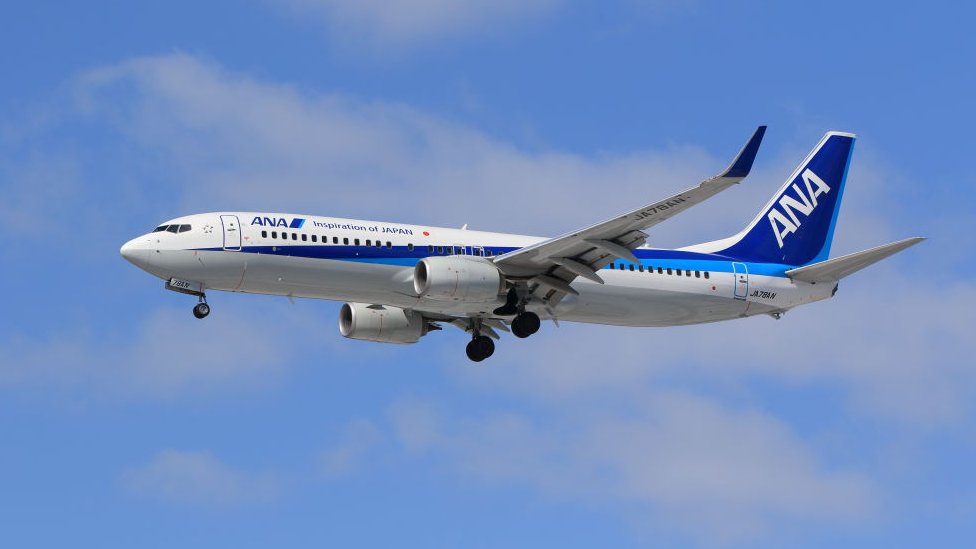
British Airways Flight 5390 (1990): A cockpit windshield broke at 17,300 ft, ejecting the captain. The first officer held on, donned oxygen and diverted safely, urging reforms in windshield installation.
Although window breakage mid-flight is extremely rare, if it does happen, Indian aircraft and flight crews are well-armed to manage it. Aircraft windows are robust structures that are regularly inspected. Pilots are trained to take instant, structured action, deploy oxygen, descend quickly and land safely.
With aircraft design redundancy, monitoring oversight, crew training and well-practiced emergency protocols, passengers can remain confident even as they look out of the window of the aeroplane. To start your career as a pilot in India, you can always enroll with us at Flapone Aviation. Though piloting is a challenging job, you get substantial rewards as a pilot.
Connect with our aviation mentors to find the right path toward becoming a licensed aircraft pilot.